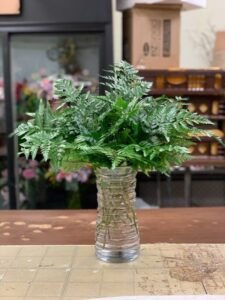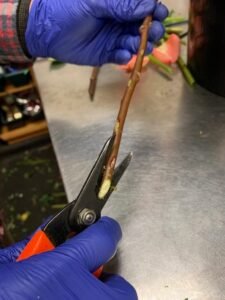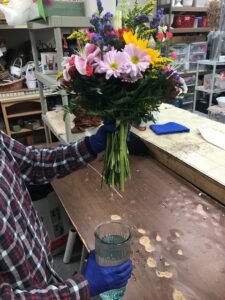
What to Do When Stuck at Home (part 1)
You’re quarantined at home, and there are only so many movies you can watch. We’ve got some unique ideas for what to do when stuck at home, and of course they’re all related to flowers!
DIY Bouquets
Price
If you are local, Fantasy Floral sells DIY bouquets starting at $20. These bouquets are being offered at wholesale prices much like you’d get at a grocery store but of higher quality and longevity. Let us know if there are certain colors or flowers you’d like included. We’ll put together a wrap of flowers in a wonderful array of colors, textures, and height, along with greens. Vases are an additional $5 if you need one.
What You’ll Learn
If you have children and are wondering what to do when stuck at home, get a different bouquet for each of them! It’s a great way to learn about flowers. You can look up where they come from and how they are grown. Many flowers are significant in indigenous cultures for herbal remedies and spiritual properties. You get art, agriculture, history, geography, and anthropology lessons all in one!
Tips and Tricks
Believe it or not, making a gorgeous arrangement that will last isn’t quite as easy as just throwing stems in a vase. You’ll have a blast learning though… and a greater appreciation for the talent of floral designers! We are working on a video that will walk you through the basic steps of flower arranging. Here are some tips in the meantime.
Greening
Start with “greening” your vase. We usually use bakers fern, also known as leather leaf fern, and then add the fancier greenery such as eucalyptus or salal at the end for texture. The foundation of greens is not intended to be a focal point. It provides the framework that hold the flowers in place. This is accomplished by placing the bakers fern in the vase at all different angles. The planes of the face of the leaves provide the grids that hold the flower stems. 
Cutting
As you insert each flower stem, you’ll want to cut the end of the stem. Cut the bottom of the stem at a sharp angle. This does two things. It provides more surface area for the stem to absorb water It also keeps the stem from sitting flat on the bottom of the vase which prevents it from absorbing water. As you are beginning, we recommend cutting the stem a bit longer than you think you’ll need. It’s easier to make the stem shorter, but you can’t make it longer!
Arranging
Start with focal flowers, then filler flowers, then specialty greens. Use long thin flowers such as snapdragons to create height and visual interest. Many designers like to work in groups of odd numbers. Perhaps do a triangle of three tall flowers towards the top of the arrangement and a pentagon of five flowers towards the base of the arrangement.
Making the Flowers Last
Bacteria growing in the vase water is a flower’s greatest enemy so make sure to start with fresh cold water. Once you’ve finished your arrangement, there will probably be debris in the water so you’ll want to replace the water. There are two ways to do this. Grab the arrangement tightly in one hand to keep the design intact, empty the vase, refill it with fresh water, and replace the arrangement back in the vase. Or you can place the arrangement under a faucet and let water run into it until the old water is replaced with the fresh water. Do this at least every other day, and your flowers will last much longer!
Have fun!
Stayed tuned for tomorrow’s What to Do When Stuck at Home (part 2)!
